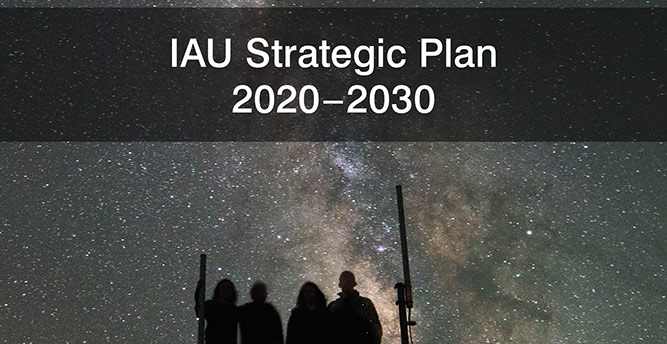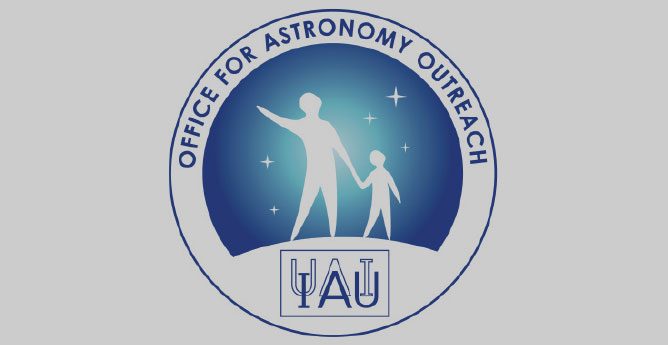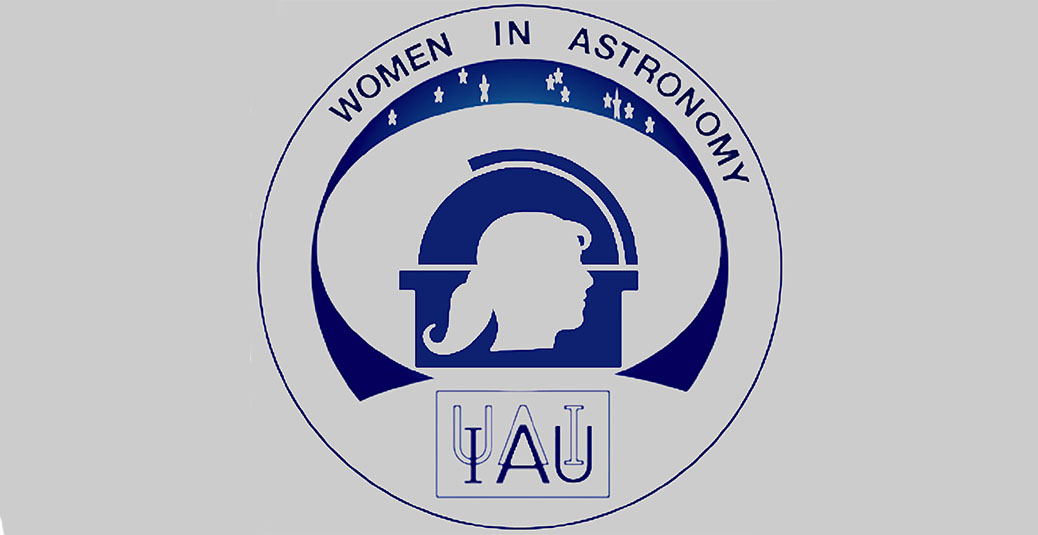- News
- Science
- Scientific Bodies
- Divisions
- Commissions
- Commission A1 Structure
- Commission A2 Structure
- Commission A3 Structure
- Commission A4 Structure
- Commission B1 Structure
- Commission B2 Structure
- Commission B3 Structure
- Commission B4 Structure
- Commission B5 Structure
- Commission B6 Structure
- Commission B7 Structure
- Commission C1 Structure
- Commission C2 Structure
- Commission C3 Structure
- Commission C4 Structure
- Commission C5 Structure
- Commission D1 Structure
- Commission E1 Structure
- Commission E2 Structure
- Commission E3 Structure
- Commission E4 Structure
- Commission F1 Structure
- Commission F2 Structure
- Commission F3 Structure
- Commission F4 Structure
- Commission G1 Structure
- Commission G2 Structure
- Commission G3 Structure
- Commission G4 Structure
- Commission G5 Structure
- Commission H1 Structure
- Commission H2 Structure
- Commission H3 Structure
- Commission H4 Structure
- Commission J1 Structure
- Commission J2 Structure
- Commission J3 Structure
- Commission X1 Structure
- Commission X2 Structure
- Past Commission Organising Committees
- Working Groups
- Centres
- Scientific Meetings
- Rules & Guidelines
- General Assemblies
- Meeting Proposals
- Future IAU Meetings
- General Assemblies
- EC Meetings
- Officers' Meetings
- Regional Meetings
- Symposia
- Focus Meetings
- Institutional Meetings
- IAU Offices Meetings
- IAU-Sponsored Meetings
- Letters of Intent submitted for 2024
- Letters of Intent submitted for 2023
- Letters of Intent submitted for 2022
- Letters of Intent submitted for 2021
- Letters of Intent submitted for 2020
- Past IAU Meetings
- Templates
- Other Meetings
- Grants & Prizes
- Scientific Bodies
- Publications
- IAU Publications
- IAU Strategic Plan
- Symposia
- WGSBN Bulletins
- Regional Meetings
- Information Bulletins/Catalyst
- E-Newsletters
- Focus Meetings
- Transactions A
- Transactions B
- Related Publications
- GA Newspapers
- CAPjournal
- IAU Books
- Brochures
- IAU Offices
- WG Reports
- Commission Reports
- Division Reports
- Past IAU Publications
- Rules, Guidelines and Instructions for Proceedings
- Publishers
- IAU Publications
- Administration
- About the IAU
- Statutes & Rules
- IAU Policies
- IAU Executive Bodies
- IAU Secretariat
- Resolutions
- Members Administration
- Administrative Dates & Deadlines
- International Organisations Relations
- Donate to the IAU
- Training in Astronomy
- Astronomy for Education
- Astronomy for Development
- Astronomy for the Public
- Office for Astronomy Outreach
- FAQ
- Themes
- Satellite Constellations
- Astronomy in Everyday Life
- How to Report a Discovery
- Careers in Astronomy
- Defining our Place in the Cosmos
- The Constellations
- Light Pollution
- Measuring the Universe
- Near Earth Objects
- How to Participate in Astronomy Research
- Naming of Astronomical Objects
- Naming of Exoplanets
- Buying Star Names
- Naming Stars
- Pluto and the Solar System
- IAU Member Statistics
- Our Moon: the Moon
- Meteors & Meteorites: The IAU Definitions of Meteor Terms
- UNESCO-IAU Portal to the Heritage of Astronomy
- Social Media
- Past Events
- Call for Online Resources
- Astronomy@Home Awards
- Contact
IAU Focus Meetings (GA)
FM 1: Dynamical problems in Extrasolar planets science
Start date/time
August 12, 2015
End date/time
August 14, 2015
Place
Honolulu,
United States
Contact
Alessandro Morbidelli
morby@oca.eu
Coordinating Division
Division A Fundamental Astronomy
Other Divisions:
F
Co-Chairs of SOC:
Alessandro Morbidelli (OCA- President C7)
Alain Levavalier des Etains (IAP-President C53)
Jacques Laskar (IMCCE-Vice Pres. Div.A)
Nader Haghighipour (IFA-Vice Pres. Div. F)
Topics
- Dynamical evolution of planetary systems,
- origin of "hot" planets, origin of large eccentricities and orbital obliquities,
- tidal and resonant effects
Rationale
The number of known extrasolar planets has increased considerably over the last years. Today, we have cataloged about 1000 confirmed planets (plus over 3000 planet candidates of the Kepler mission), a good fraction of which are in more than 130 multi-planet systems. The discovery of these systems has raised many interesting questions on their formation and dynamical evolution.
Planets in mean motion resonances prompt the investigation of resonant dynamics in the framework of the general (i.e. non-restricted) three-body problem. The general problem is much more complicated than the restricted one, so that we have yet to achieve a global description of resonant dynamics. While previous observations have identified several multi-planet systems in mean-motion resonances, recent observations point to systems of small planets which seem to lie close to resonances, but outside the libration domains. The reason for these near-resonance configurations is not yet clear: tidal evolution could have played a role in extracting planets from resonance, and so might turbulence in the original proto-planetary disk.
The origin of "hot" planets (planets with orbital periods of a few days) is still a matter of debate: did these planets reach their orbit by migrating through the proto-planetary disk, or did they arrive at their current orbital configurations via scattering and tidal damping?
The origin of the surprisingly large eccentricities and/or inclinations (relative to the stellar equator) of many extrasolar planets remains elusive: planet instabilities, planet-disk interactions, external perturbations from eccentric or inclined stars remain viable options.
This (non-exhaustive) list of open problems highlights the importance of dynamical studies for understanding the nature of the systems that are observed, as well as establishing clues on their origin.
Moreover, it is important to stress that dynamical models can also complement observations for a better characterization of extrasolar planets. Dynamical maps have been very useful to constrain the orbits of multi-planet systems, for which the uncertainties in the orbital parameters due to the observational errors are often much wider than the range of orbital configurations permitting the long-term stability of the system. A special mention has to be given to Transit Time Variations (TTV) analyses. TTVs are now routinely detected in packed systems of multiple planets. They are used to confirm planet candidates and they allow the determination of the masses of the planets. The power and success of this technique can be emphasized by the recent discovery and orbital determination of a non-transiting planet, through the analysis of the TTV signal of a transiting companion. The TTV method brings Celestial Mechanics back to the glorious time when Le Verrier predicted the existence and the position of Neptune from the analysis of the anomalies of the motion of Uranus.
Last but not least, dynamical studies are essential to determine whether a given planet can remain stable in the habitable zone, whether it should be tidally locked in a spin-orbit resonance etc.
All these examples show that the synergy between dynamicists and observers is a key to the advancement of extrasolar planet science. The studies of the solar system during the past several decades have proven that the understanding of our own planetary system can leap forward only with the combination of dynamical modeling and physical observations. The time has now come to extend this synergy to a larger number of planetary systems.
We believe that the organization of a focused meeting on dynamical problems in extrasolar planets during the 2015 GA will be the best way to facilitate such synergy by bringing together scientists from different communities of planetary science.

















